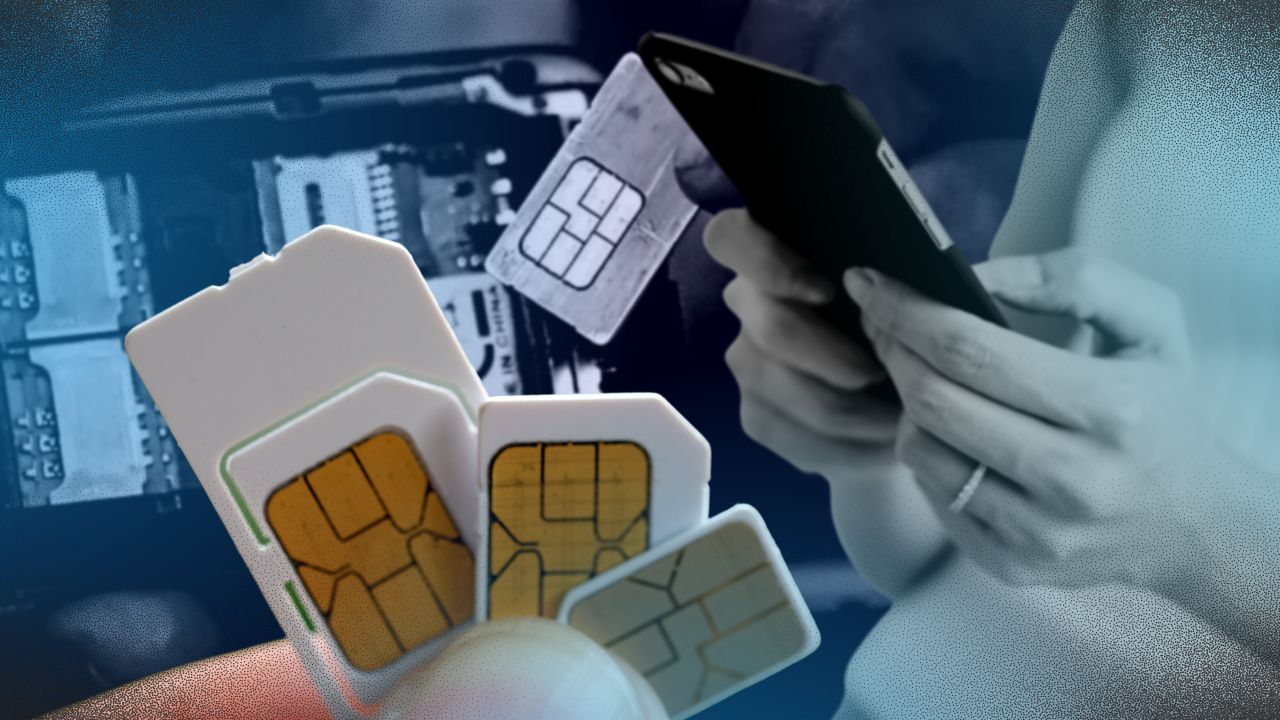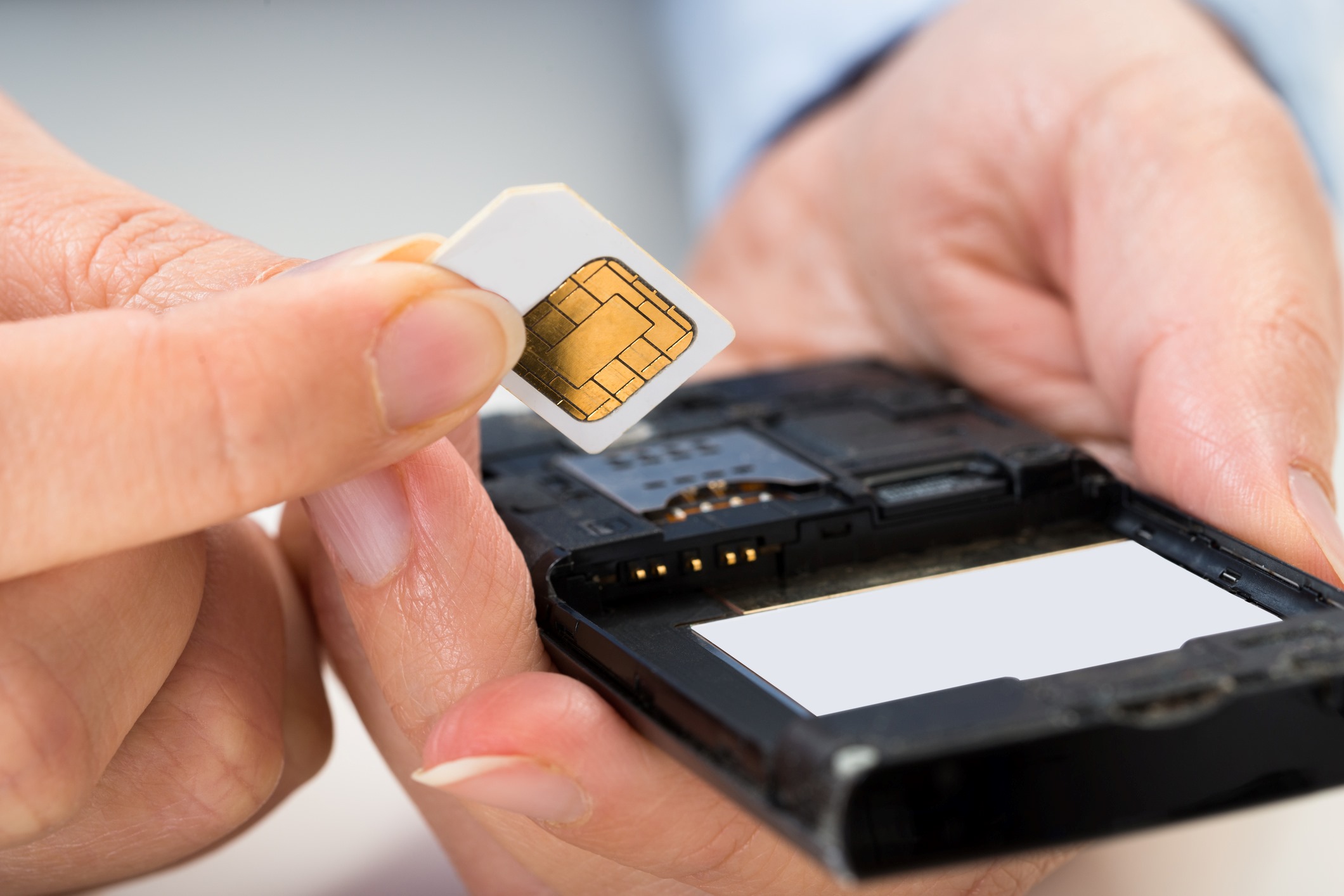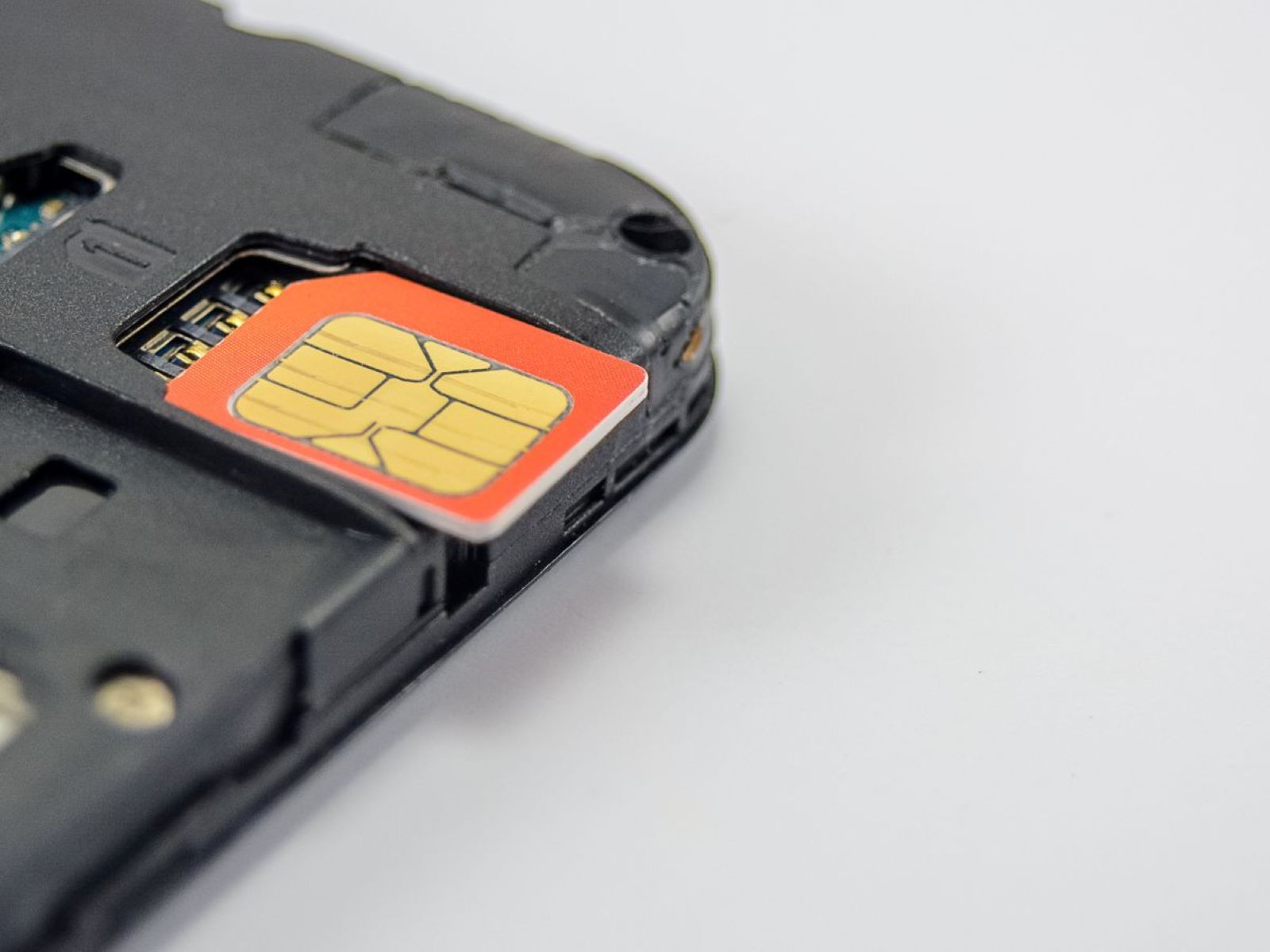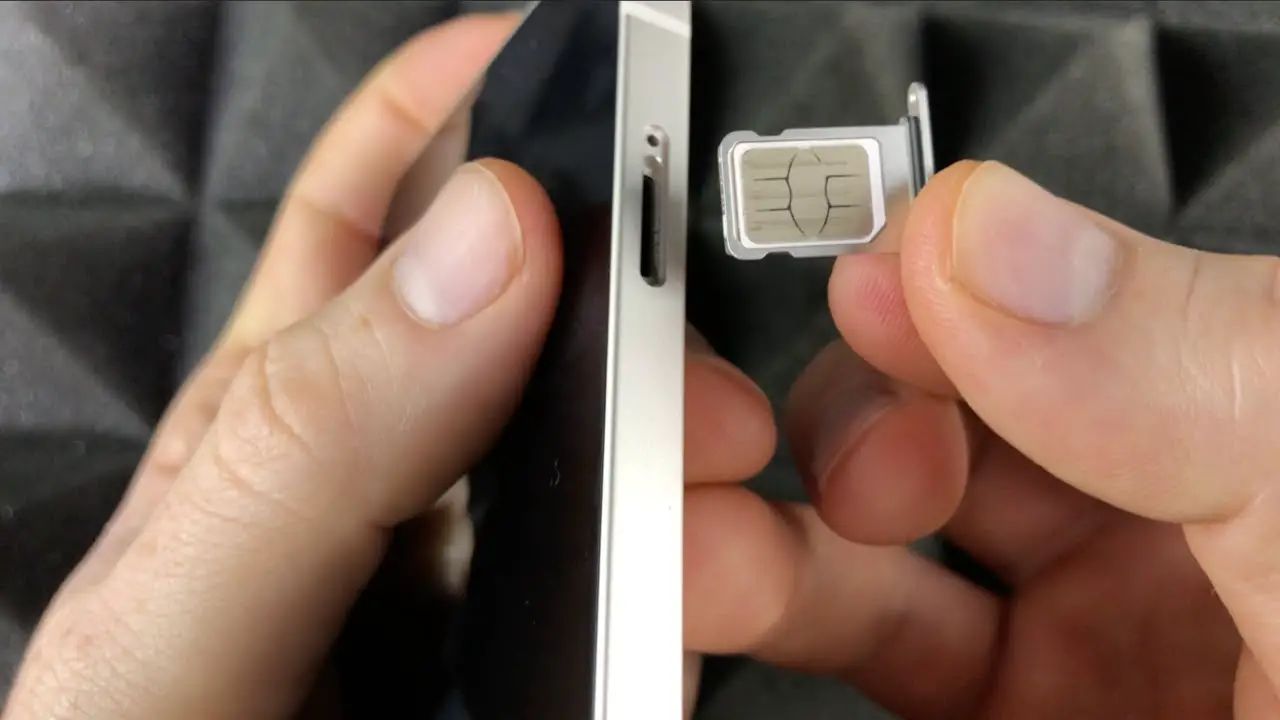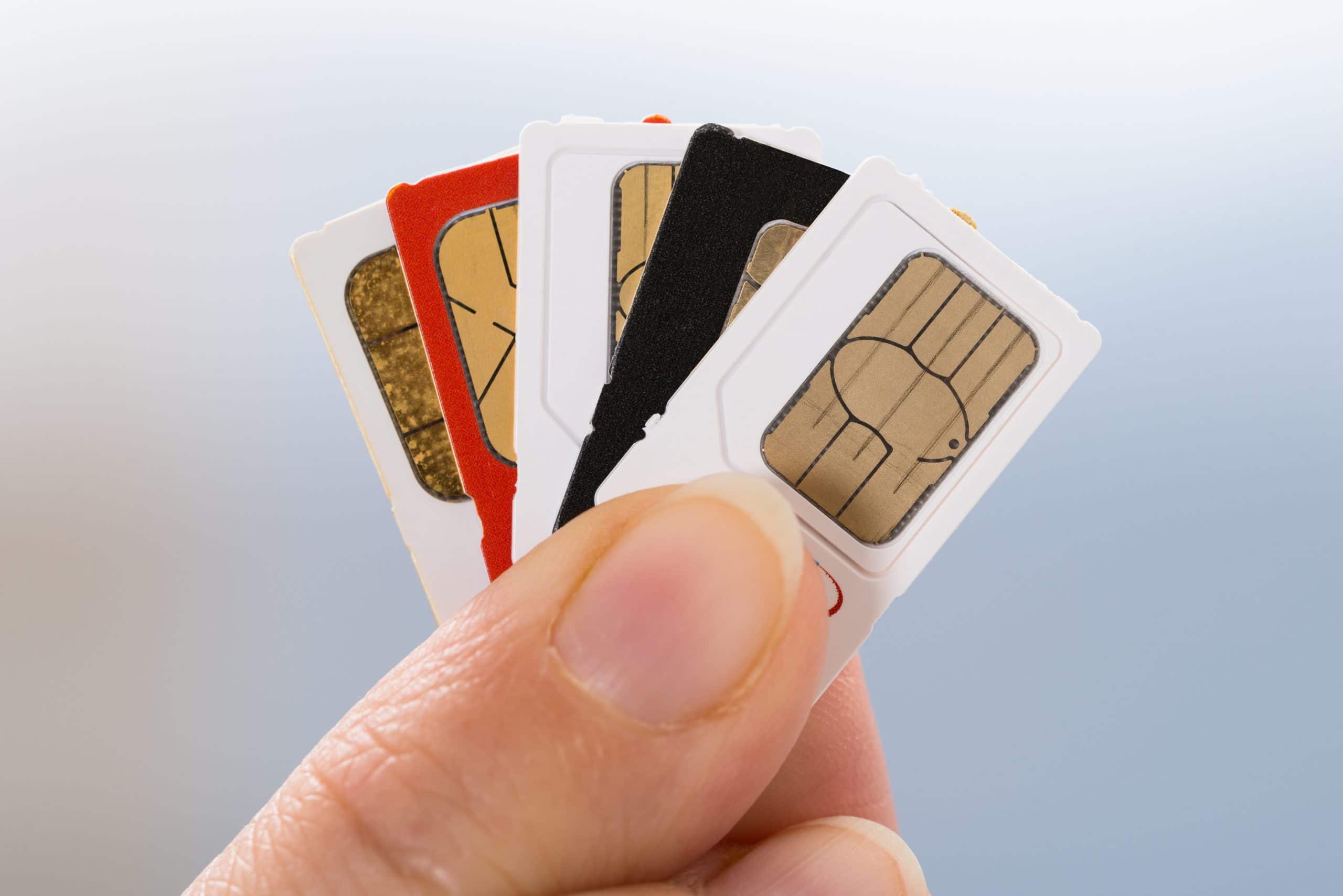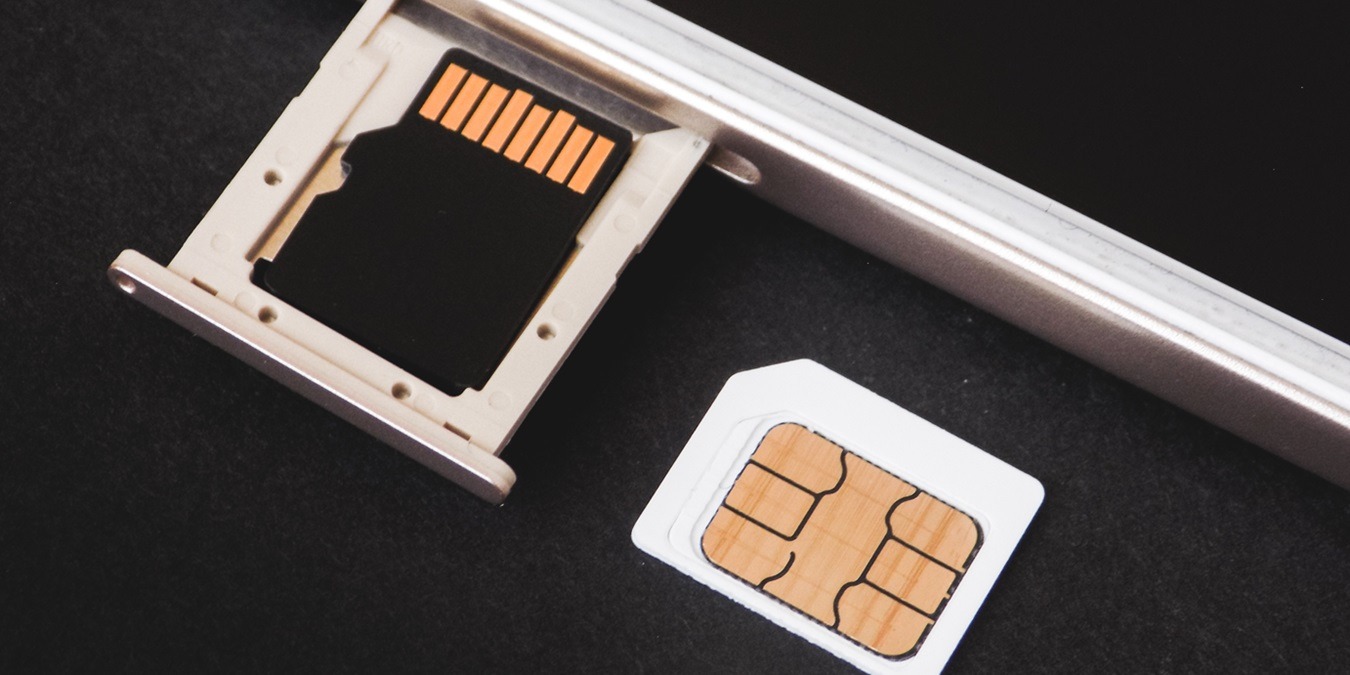Introduction
Deactivating your SIM card is a crucial step when transitioning to a new device, switching service providers, or simply retiring an old phone. This process ensures that your personal information is secure and that the SIM card cannot be used for unauthorized purposes. Whether you're upgrading to the latest smartphone or making a switch to a new carrier, understanding the steps involved in deactivating your SIM card is essential for a seamless transition.
In this comprehensive guide, we will walk you through the step-by-step process of deactivating your SIM card. From backing up your data to disposing of your SIM card responsibly, each stage is designed to safeguard your information and streamline the deactivation process. By following these guidelines, you can navigate the deactivation process with confidence and peace of mind.
As technology continues to evolve, the importance of safeguarding personal data has become increasingly apparent. Deactivating your SIM card is a proactive measure that protects your privacy and prevents unauthorized usage of your mobile services. Whether you're preparing to sell, recycle, or store your old device, deactivating the SIM card is a fundamental step in the transition process.
Join us as we explore the necessary steps to deactivate your SIM card, empowering you to manage your mobile devices with ease and security. Let's embark on this journey to ensure that your personal information remains protected and your transition to a new device or service provider is as seamless as possible.
Step 1: Backing Up Your Data
Before initiating the process of deactivating your SIM card, it is essential to back up your data to ensure that no valuable information is lost during the transition. Data backup serves as a safety net, preserving your contacts, messages, photos, and other essential files. By following these steps, you can safeguard your data and streamline the deactivation process.
1.1 Assess Your Data Storage Options
Begin by assessing the various data storage options available to you. Cloud services, such as Google Drive, iCloud, or Dropbox, offer convenient and secure platforms for backing up your data. Alternatively, you can use a computer to transfer your files or utilize an external storage device, such as a USB flash drive or an SD card. Evaluate the storage capacity and accessibility of each option to determine the most suitable method for your data backup.
1.2 Backup Contacts and Messages
Prioritize the backup of your contacts and messages, as these often contain vital information and sentimental value. Most smartphones provide built-in features for exporting contacts and messages to your chosen storage destination. Take advantage of these functionalities to create comprehensive backups that encompass all your essential communication data.
1.3 Preserve Multimedia Content
Ensure that your photos, videos, and audio files are included in the backup process. Utilize the designated features on your device to transfer multimedia content to the selected storage medium. By preserving these files, you can retain cherished memories and valuable visual documentation.
1.4 Secure App Data and Settings
Certain applications store personalized settings, preferences, and user-generated content. Review the backup options within individual apps to safeguard this data. Additionally, consider exporting a list of installed apps to facilitate the reinstallation process on your new device, if applicable.
1.5 Verify the Integrity of Your Backup
After completing the backup process, take a moment to verify the integrity of your stored data. Access the backed-up files to ensure that they are complete and accessible. This verification step provides reassurance that your data is securely preserved and ready for retrieval when needed.
By diligently backing up your data, you can proceed with confidence to the next steps in deactivating your SIM card. This proactive measure ensures that your valuable information remains intact and accessible throughout the transition process. With your data securely backed up, you are well-prepared to proceed to the next stage of deactivating your SIM card.
Step 2: Contacting Your Mobile Service Provider
When deactivating your SIM card, it's vital to establish direct communication with your mobile service provider. This crucial step ensures that the deactivation process is carried out effectively and that all necessary arrangements are made to facilitate a seamless transition. By initiating contact with your mobile service provider, you can address specific details related to your account, services, and the deactivation of your SIM card.
2.1 Identify the Correct Contact Information
Begin by identifying the appropriate contact information for your mobile service provider. This may include customer service hotlines, online chat support, or specific departmental contacts designated for SIM card deactivation. Ensure that you have accurate and up-to-date contact details to streamline the communication process.
2.2 Prepare Your Account Information
Gather your account details, including your mobile phone number, account holder information, and any relevant identification or security credentials. Having this information readily available expedites the verification process and enables the service provider to assist you efficiently.
2.3 Initiate Contact
Reach out to your mobile service provider through the preferred communication channel. Clearly articulate your intention to deactivate your SIM card and inquire about the specific procedures and requirements involved. Be prepared to provide your account details and any additional information requested to facilitate the deactivation process.
2.4 Verify Deactivation Options
Inquire about the available options for deactivating your SIM card. Your mobile service provider may offer various methods for initiating the deactivation, such as through a customer portal, over the phone, or by visiting a physical store. Understanding the available avenues allows you to select the most convenient and efficient approach for deactivating your SIM card.
2.5 Confirm Deactivation Completion
Upon initiating the deactivation process, request confirmation from your mobile service provider to ensure that the SIM card deactivation has been successfully executed. This confirmation serves as a vital assurance that the deactivation is complete and that your mobile services are no longer associated with the deactivated SIM card.
By proactively contacting your mobile service provider, you can navigate the deactivation process with clarity and confidence. This direct engagement allows you to address any specific account-related concerns, obtain relevant guidance, and ensure a smooth transition as you proceed to the next steps in the deactivation process. With the support of your mobile service provider, you can effectively facilitate the deactivation of your SIM card and prepare for the subsequent stages of the transition.
Step 3: Verifying Your Identity
Verifying your identity is a critical aspect of the SIM card deactivation process, ensuring that only authorized individuals can initiate such a significant change to your mobile services. This step serves as a safeguard against unauthorized SIM card deactivation attempts, providing an additional layer of security to protect your account and personal information. By verifying your identity, you contribute to the integrity and authenticity of the deactivation process, reinforcing the trust and accountability within the mobile service ecosystem.
3.1 Provide Valid Identification
When verifying your identity for SIM card deactivation, be prepared to provide valid identification documents as per the requirements of your mobile service provider. This may include government-issued identification such as a driver's license, passport, or national identification card. The submission of valid identification serves to authenticate your identity and ensure that the deactivation request originates from the authorized account holder.
3.2 Answer Security Questions
In addition to presenting valid identification, you may be required to answer security questions as part of the identity verification process. These questions are designed to validate your association with the account and confirm that the individual initiating the deactivation is indeed the authorized user. By accurately responding to these security inquiries, you contribute to the validation of your identity and the secure execution of the SIM card deactivation.
3.3 Follow Provider-Specific Protocols
Different mobile service providers may have specific protocols and procedures for identity verification during SIM card deactivation. It is essential to adhere to the guidelines and instructions provided by your provider to ensure a seamless and compliant verification process. By following the provider-specific protocols, you demonstrate a commitment to the security and integrity of the deactivation process, fostering a responsible and accountable approach to managing your mobile services.
3.4 Acknowledge Identity Confirmation
Upon successfully verifying your identity, acknowledge the confirmation provided by your mobile service provider. This acknowledgment signifies the completion of the identity verification process and serves as an assurance that the deactivation request is authorized and duly validated. By acknowledging the identity confirmation, you affirm your compliance with the provider's security measures and contribute to the overall accountability of the SIM card deactivation process.
By meticulously adhering to the identity verification requirements, you contribute to the secure and responsible deactivation of your SIM card. This crucial step reinforces the trust and reliability of the deactivation process, ensuring that only authorized individuals can facilitate changes to your mobile services. With your identity duly verified, you are poised to proceed confidently to the next stage of deactivating your SIM card, equipped with the assurance that the process is conducted with integrity and accountability.
Step 4: Deactivating Your SIM Card
With the preliminary steps of data backup, contact with your mobile service provider, and identity verification completed, you are now ready to proceed with the pivotal stage of deactivating your SIM card. This step marks the definitive action to disassociate your SIM card from your mobile services, ensuring that it can no longer be used for calls, messages, or data connectivity. By following the prescribed procedures for SIM card deactivation, you contribute to the security and integrity of your mobile account while preparing for the transition to a new device or service provider.
4.1 Access Deactivation Options
Initiate the SIM card deactivation process through the designated channels provided by your mobile service provider. This may involve accessing your account portal, contacting customer support, or following specific instructions outlined by your provider. By utilizing the authorized deactivation options, you ensure that the process aligns with the established protocols and is duly recognized by your service provider.
4.2 Execute Deactivation Request
Follow the prescribed steps to formally request the deactivation of your SIM card. Provide any necessary information or identifiers as instructed, reaffirming your intent to deactivate the SIM card associated with your mobile services. By executing the deactivation request in accordance with the provider's guidelines, you contribute to the orderly management of your account and services.
4.3 Confirm Deactivation Completion
Upon submitting the deactivation request, seek confirmation from your mobile service provider to validate the successful completion of the process. This confirmation serves as a crucial assurance that the SIM card is officially deactivated, rendering it inactive and dissociated from your mobile account. By obtaining confirmation, you can proceed with confidence, knowing that the deactivation has been effectively executed.
4.4 Safeguard Deactivated SIM Card
Once the deactivation is confirmed, it is essential to safeguard the deactivated SIM card. Store it securely or follow the recommended disposal procedures provided by your mobile service provider. By responsibly managing the deactivated SIM card, you contribute to the overall security and confidentiality of your mobile account and personal information.
By diligently following the steps to deactivate your SIM card, you contribute to the secure management of your mobile services and the protection of your personal data. This pivotal stage sets the foundation for a seamless transition to a new device or service provider, ensuring that your mobile account is managed with integrity and accountability. With the SIM card successfully deactivated, you are poised to proceed confidently to the subsequent stages, equipped with the assurance that your mobile services are managed responsibly and securely.
Step 5: Disposing of Your SIM Card
Proper disposal of your deactivated SIM card is a crucial step in ensuring the security of your personal information and minimizing environmental impact. While the SIM card itself is small, it contains sensitive data that should be handled with care to prevent any potential misuse. Additionally, responsible disposal contributes to sustainable practices by reducing electronic waste. Here's how you can effectively and responsibly dispose of your SIM card:
5.1 Erase Data Permanently
Before disposing of your SIM card, it's imperative to permanently erase any remaining data. Even though the card has been deactivated, residual information may still be present. Use a SIM card reader or adapter to access the card's contents and perform a thorough deletion of stored contacts, messages, and any other data. This step ensures that no personal information remains on the SIM card prior to disposal.
5.2 Physical Destruction
To prevent any potential misuse or unauthorized retrieval of data, consider physically destroying the SIM card. This can be achieved by cutting or shredding the card into small pieces. Alternatively, you can use a hole punch to perforate the card, rendering it unusable. Physical destruction of the SIM card guarantees that the data stored on it is irretrievable and eliminates any possibility of unauthorized access.
5.3 Secure Disposal Methods
Once the SIM card has been rendered unusable, it's essential to dispose of it in a secure manner. Consider placing the damaged card in a small container or envelope to prevent any accidental exposure. You can then discard it with other electronic waste or utilize designated recycling programs for electronic components. Many mobile service providers and electronic retailers offer recycling initiatives to responsibly manage old SIM cards and other electronic devices.
5.4 Environmental Considerations
When disposing of your SIM card, it's important to consider the environmental impact. Electronic waste, if not managed properly, can contribute to pollution and resource depletion. By engaging in responsible disposal practices, such as recycling, you contribute to the conservation of resources and the reduction of electronic waste in landfills. Additionally, recycling programs often facilitate the extraction and reuse of valuable materials from electronic components, promoting sustainability.
5.5 Documentation and Record Keeping
As a final step, consider documenting the disposal of your SIM card for your records. This may involve noting the date and method of disposal, as well as any relevant recycling or electronic waste management initiatives utilized. Maintaining a record of the disposal process reinforces your commitment to responsible electronic waste management and serves as a reference for future considerations.
By conscientiously disposing of your deactivated SIM card through these outlined steps, you contribute to the safeguarding of your personal information and the promotion of sustainable electronic waste management. This responsible approach ensures that your SIM card is securely and environmentally consciously handled, aligning with ethical and sustainable practices in the management of electronic devices.
Conclusion
As we conclude this comprehensive guide to deactivating your SIM card, it's essential to emphasize the significance of safeguarding your personal information and managing your mobile services with accountability and responsibility. The process of deactivating your SIM card encompasses proactive measures to secure your data, engage with your mobile service provider, verify your identity, and ensure the proper disposal of electronic components. By diligently following these steps, you contribute to the integrity, security, and sustainability of your mobile account and electronic devices.
The proactive backing up of your data serves as a safety net, preserving your contacts, messages, photos, and multimedia content. This measure ensures that your valuable information remains intact and accessible throughout the transition process. By engaging directly with your mobile service provider, you can address specific account-related concerns, obtain relevant guidance, and ensure a smooth transition as you proceed with the deactivation process. Verifying your identity contributes to the secure execution of the SIM card deactivation, reinforcing the trust and accountability within the mobile service ecosystem.
The pivotal stage of deactivating your SIM card marks the definitive action to disassociate it from your mobile services, ensuring that it can no longer be used for calls, messages, or data connectivity. This step sets the foundation for a seamless transition to a new device or service provider, ensuring that your mobile account is managed with integrity and accountability. Proper disposal of your deactivated SIM card is a crucial step in ensuring the security of your personal information and minimizing environmental impact. By engaging in responsible disposal practices, such as recycling, you contribute to the conservation of resources and the reduction of electronic waste in landfills.
In conclusion, the process of deactivating your SIM card encompasses proactive measures to secure your data, engage with your mobile service provider, verify your identity, and ensure the proper disposal of electronic components. By diligently following these steps, you contribute to the integrity, security, and sustainability of your mobile account and electronic devices. With the completion of these steps, you can confidently transition to a new device or service provider, knowing that your personal information remains protected and your electronic devices are managed responsibly and sustainably.









